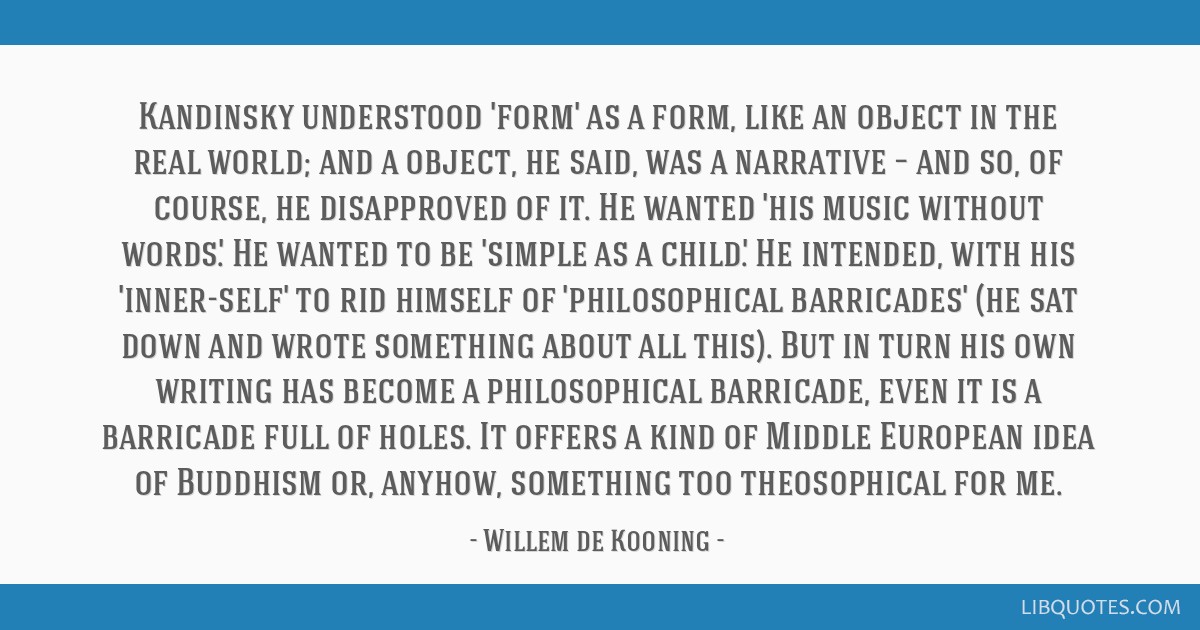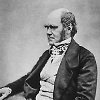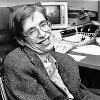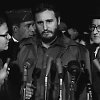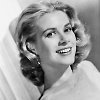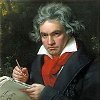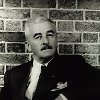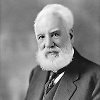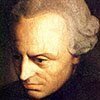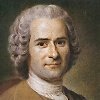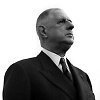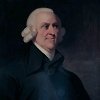Kandinsky understood 'form' as a form, like an object in the real world; and a object, he said, was a narrative – and so, of course, he disapproved of it. He wanted 'his music without words'. He wanted to be 'simple as a child'. He intended, with his 'inner-self' to rid himself of 'philosophical barricades' (he sat down and wrote something about all this). But in turn his own writing has become a philosophical barricade, even it is a barricade full of holes. It offers a kind of Middle European idea of Buddhism or, anyhow, something too theosophical for me.
De Kooning's speech 'What Abstract Art means to me' on the symposium 'What is Abstract At' - at the Museum of Modern Art, New York, 5 February, 1951
